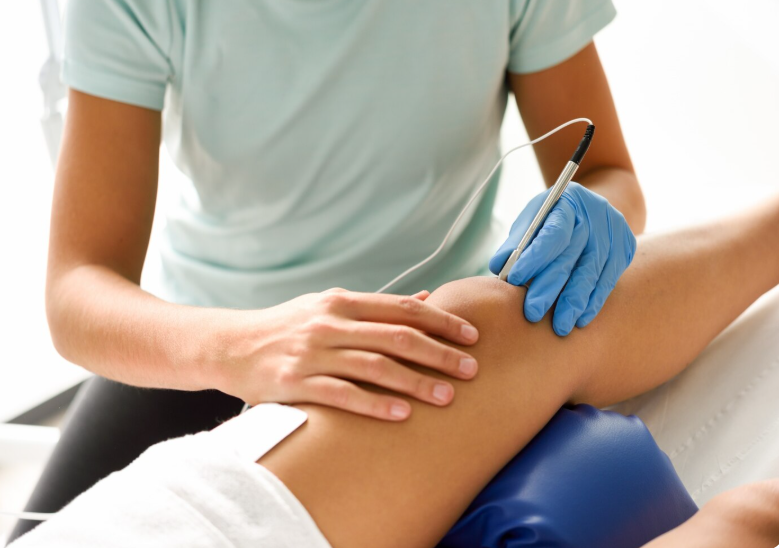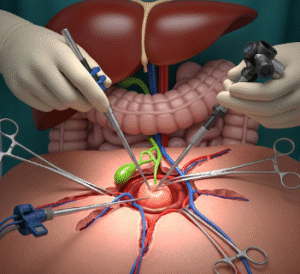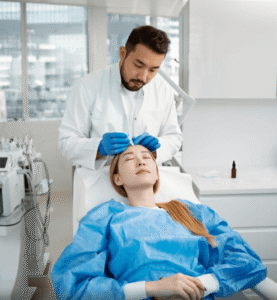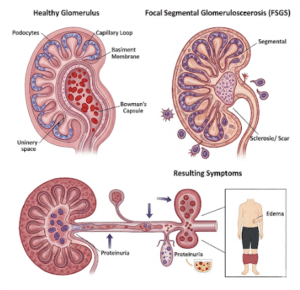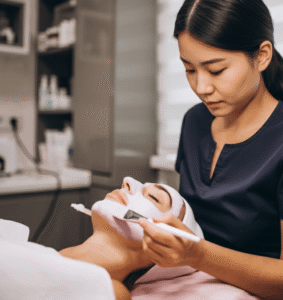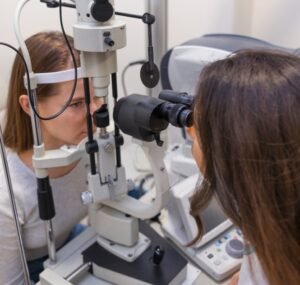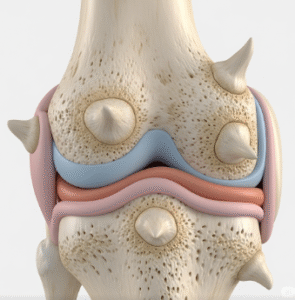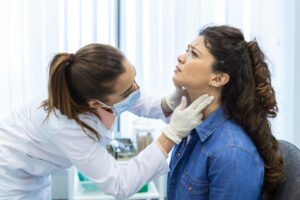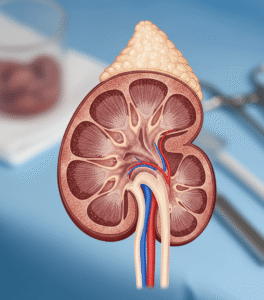What It Is
Calf liposuction is a cosmetic surgical procedure that removes excess fat deposits from the lower legs to create a slimmer, more contoured calf shape. Unlike thigh or waist liposuction, calf liposuction is particularly delicate because the calves contain dense muscle tissue, thicker skin, and less fat overall.
In Korea, calf liposuction is performed with precision techniques to carefully sculpt the lower leg, improving balance between the thighs, calves, and ankles. It is popular among patients seeking slimmer legs that look more proportionate in clothing, such as skirts, dresses, and fitted pants.
Why It’s Done
Calf liposuction is typically chosen for cosmetic reasons. Patients seek this treatment to:
- Reduce bulky or thick calves caused by fat deposits.
- Achieve a more slender and defined lower leg contour.
- Enhance overall leg proportions for a more feminine or athletic appearance.
- Improve self-confidence when wearing clothing that shows the legs.
It is important to note that calf thickness may also be caused by muscle structure or genetics. In such cases, liposuction alone may not be sufficient, and other treatments may be recommended.
Alternatives
Because calf liposuction is not always suitable for every patient, alternatives may include:
- Non-surgical contouring: High-intensity focused ultrasound (HIFU) or radiofrequency devices that reduce fat or tighten skin.
- Botulinum toxin (Botox) injections: Relax overdeveloped calf muscles, making them appear slimmer without fat removal.
- Lifestyle modifications: Weight loss and exercise may reduce overall fat, though they rarely target calves specifically.
- Combination therapies: Some patients benefit from both Botox and liposuction for more balanced results.
Preparation
Preparation for calf liposuction is essential to ensure both safety and effectiveness. Common steps include:
- Consultation: A detailed discussion with a plastic surgeon, including an evaluation of whether the bulk is due to fat or muscle.
- Medical evaluation: Blood tests and health screenings.
- Lifestyle adjustments: Avoiding smoking and alcohol several weeks before surgery.
- Medication review: Stopping certain medications (like blood thinners) as directed.
- Planning for recovery: Arranging transportation and light support after surgery.
How It’s Done
Calf liposuction is performed under local anesthesia with sedation or under general anesthesia, depending on the case. The typical steps are:
- Marking: The surgeon outlines the treatment zones on the calves.
- Anesthesia: Ensures comfort during surgery.
- Incisions: Tiny, well-hidden incisions are made behind the knees or ankles.
- Tumescent fluid injection: A solution of saline, anesthetic, and medication reduces bleeding and prepares fat for removal.
- Fat removal: A thin cannula suctions fat cells from targeted areas to refine the calf contour.
- Closure: Small incisions are closed with sutures or adhesive strips.
The surgery usually takes 1–2 hours, depending on the amount of fat to be removed.
Recovery
Recovery after calf liposuction can take slightly longer compared to other body areas due to the calves’ role in daily movement.
- First week: Swelling, bruising, and discomfort are common. Compression garments are worn continuously to control swelling.
- Mobility: Walking is encouraged soon after surgery to support circulation, but strenuous activities should be avoided for 4–6 weeks.
- Follow-up care: Regular check-ups are needed to monitor healing.
- Final results: Improvements become noticeable after a few weeks, with complete results visible in 3–6 months once swelling subsides.
Possible Complications
Although generally safe, calf liposuction carries some risks:
- Infection or bleeding.
- Skin irregularities or asymmetry.
- Temporary numbness or changes in sensation.
- Scarring (usually very minimal and well-hidden).
- Persistent swelling due to lymphatic issues.
- Rare complications such as deep vein thrombosis (DVT) or anesthesia-related risks.
Because calves are a challenging area, selecting an experienced surgeon is especially important.
Treatment Options in Korea
Diagnosis
- Thorough consultation with imaging or body composition analysis to determine whether calf size is due to fat, muscle, or both.
- Customized treatment planning to achieve proportionate results.
Medical Treatments
- Pre- and post-surgery medications for infection prevention and pain management.
- Specialized compression garments designed for calves to ensure effective healing.
Surgical or Advanced Therapies
- Traditional liposuction: Manual fat removal with micro-cannulas for precision.
- Laser-assisted liposuction: Liquefies fat and tightens skin.
- Ultrasound-assisted liposuction: Breaks down fat with ultrasound energy for smoother removal.
- Combined treatments: Liposuction with Botox injections for patients with both fat and muscle-related calf bulkiness.
Rehabilitation and Support
- Post-surgical lymphatic drainage massage to reduce swelling.
- Physical therapy if needed to maintain calf mobility.
- Dedicated international patient services, including translators and virtual follow-ups.

